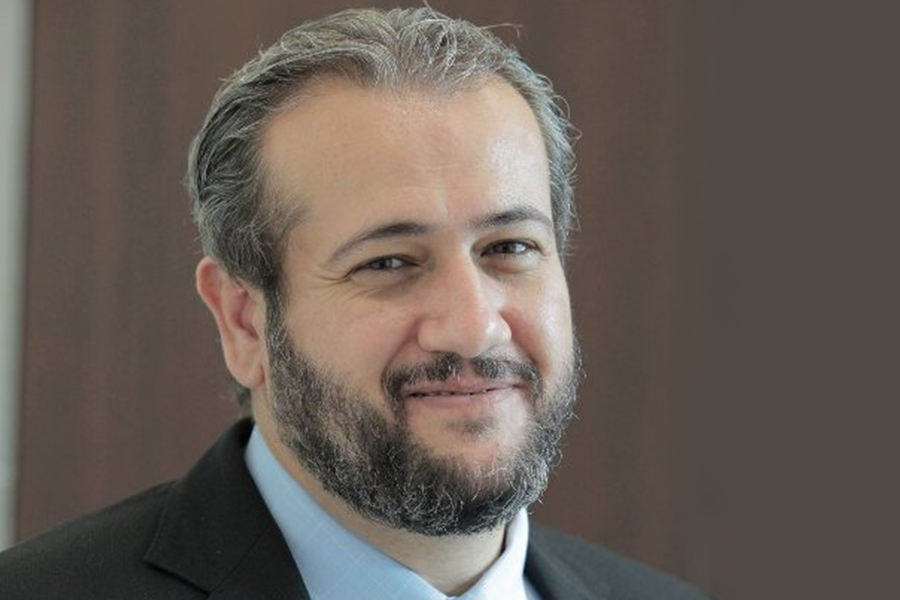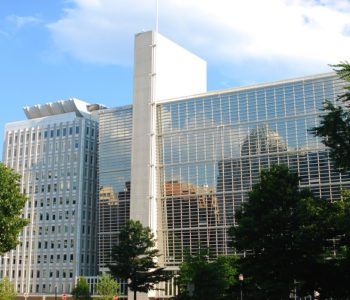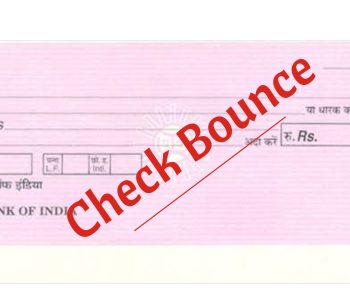‘Govt needs to strike a balance between post-COVID approach and long-term socio-economic challenges’

The spread of the COVID-19 pandemic and subsequent lockdown imposed by the government since March to contain its spread has put the economy at a standstill as business activities, including domestic and bilateral trade still remain interrupted. As it is still uncertain how the pandemic will evolve in the future and how long it will take to bring businesses back to normal, Nepal’s economic outlook seems highly uncertain.
With the continuous lockdown and prohibitory order in place due to which businesses have remained shut for most part of the last five months, the business community seems to be frustrated at the moment. There are questions being raised by industrialists on the effectiveness of the government’s response to COVID-19.
Against this backdrop, Sujan Dhungana of fiscalnepal.com talked to Faris Hadad-Zervos, World Bank’s Country Director for Maldives, Nepal and Sri Lanka on issues related to the pandemic and Nepal’s economic outlook.
How would you assess the economic impact of COVID-19 in Nepal?
Nepal’s economic outlook remains uncertain amid the COVID-19 crisis. Despite efforts by the government to curb the economic fallout of the crisis, its impact on livelihoods and the economy is expected to be profound. The impact of the pandemic on the Nepali economy started out with the reduction in international tourist arrivals, which then magnified with nearly four months of a national lockdown that hit the services and industrial sectors severely. The agriculture sector was also affected but to a lesser extent.
As a result of the national lockdown, the economy contracted by 2.7 percent in the third quarter of fiscal year 2019/20 compared to the second quarter of the fiscal year (based on data from the Central Bureau of Statistics) and we expect the economy to contract further in the last quarter. Taken together, economic growth is estimated to slow down significantly in FY 2019/20. In our latest Nepal Development Update, we estimated it to be in the range of 0.5 to 1.8 percent. Given the uncertainty around the flattening of the infection rate, the COVID-19 impact is likely to extend to FY 2020/21 and could be substantial.
How do you view the response of the government to combat the COVID-19 crisis as well as limit its impact on the economy?
Looking at the health response, we see many positive developments such as scaling up the laboratory testing and the extension of laboratory services by the private sector. We are also seeing a mobilization across the country of contact tracing teams.
At the same time, the health response needs to be further strengthened. It starts by not letting up – communicating even more to the population on how they can protect themselves, their family members and neighbors; extending the testing more broadly at the community level in order to rapidly detect potential outbreaks in the population; putting in a more seamless system between detecting a case, reaching out to those who may have had close contact and providing good isolation options; and further enhancing the readiness for treatment in case needed, including close attention on the health and welfare of the health care workers.
Regarding the economic response, the government has undertaken some immediate relief as well as fiscal and monetary measures and is currently undertaking analytical work to identify measures to mitigate the shocks to the economy and livelihoods from the pandemic. We are currently supporting the government’s 3R – Relief, Restructuring and Resilient Recovery – plan together with other multilateral development banks to help Nepal effectively respond to the COVID-19 crisis.
The government has set a target of seven percent economic growth even when the coronavirus has been taking a toll on the economy. Your recent projection shows that economic growth will not expand as expected. What do you think will the recovery look like?
Economic growth is estimated to contract sharply to 2.1 percent in FY 20/2021 due to the COVID-19 pandemic and related lockdown. Economic activity in the tourism sector will remain weak and remittance inflows will be moderate. Supply chain disruptions will keep industrial and agricultural production low. Low economic activity and oil prices will also keep imports low and limit revenue collection.
In our latest Nepal Development Update, we have outlined a framework that will support the government in its effort to adopt reforms to restructure and promote a resilient recovery. This will be structured around four pillars, over the immediate to medium to long-term: Save lives and contain the pandemic; Social measures including social protection support and ensuring children get the schooling needed and skills development; Support to firms that will be critical in order for economic recovery to take place; and Cross-cutting priority measures to ensure macroeconomic sustainability, to make essential infrastructure services green, and investments to scale up digitization and the digital economy to support e-commerce and online service delivery.
The government is claiming that besides the growth rate other major economic indicators are positive. What is your assessment?
The available government data supports that claim for the fiscal year 2019/20. The current account deficit narrowed significantly due to sharp reduction in imports and lower than expected decline in remittance inflows. Fiscal deficit also remained close to that of FY 2018/19 despite contraction in tax revenue as a significant amount of spending budget remained under spent. Although average inflation increased to 6.2 percent, it remained close to the monetary policy target of six percent. However, we should also note that there are other key macro-economic indicators like unemployment, for which we do not have updated data, but which we know have been adversely impacted by the pandemic.
Could you please shed light on how the World Bank is supporting Nepal in its response to COVID-19?
The World Bank response to the pandemic is provided in three interlinked phases – relief, restructuring, and resilient recovery – meant to sequence and extend the most critical support at the right time. As an immediate response to the COVID-19 crisis, the World Bank provided a $29 million IDA credit through the Nepal COVID-19 Emergency Response and Health System Preparedness Project in April 2020. This will help in the prevention, detection, and response to the COVID-19 pandemic and strengthen the country’s public health preparedness.
An additional grant of$10.85 million from the Global Partnership for Education (GPE) COVID-19 Accelerated Funds to the School Sector Development Program has been recently signed to respond to the pandemic’s impact on the school sector. In addition, more than $100 million has been disbursed as advances from the three Program-for-Results operations.
During this fiscal year, through pipeline projects amounting to about $700 million, the World Bank will work closely with the government to ensure that the allocation of IDA-19 resources is in conformity with both COVID-19 related priorities and the Country Partnership Framework focus areas.
How has the pandemic affected the implementation of the bank’s ongoing projects and those in the pipeline in Nepal?
COVID-19 has affected the bank-financed program the same way as it has been impacting practically all economic spheres. Work has been delayed in some of the projects under implementation, and some extensions of the completion deadlines will be considered. The implementation modalities are also in process of adaptation to the new circumstances. A key development in the portfolio has been the comprehensive review that has led to significant re-purposing and restructuring of the bank portfolio, making available around $300 million for COVID-19 relief and recovery efforts. The pipeline of operations continues to be robust, with two development policy credits related to finance for growth and fiscal recovery, and several new investment operations in transport, forestry, urban development, tourism, agriculture, and human development.
The government is facing serious hassles in managing resources for COVID response. What would be your suggestion to the government to overcome this obstacle?
The government has placed great importance to obtaining all possible support and has worked collaboratively with development partners to raise resources. The response effort has been implemented under trying circumstances and the government has been updating the development partners with regard to COVID-19 response and recovery. Going forward, the government needs to strike a balance between the new post-COVID approach and the need to keep the focus in addressing long-term economic and social challenges.













Facebook Comment